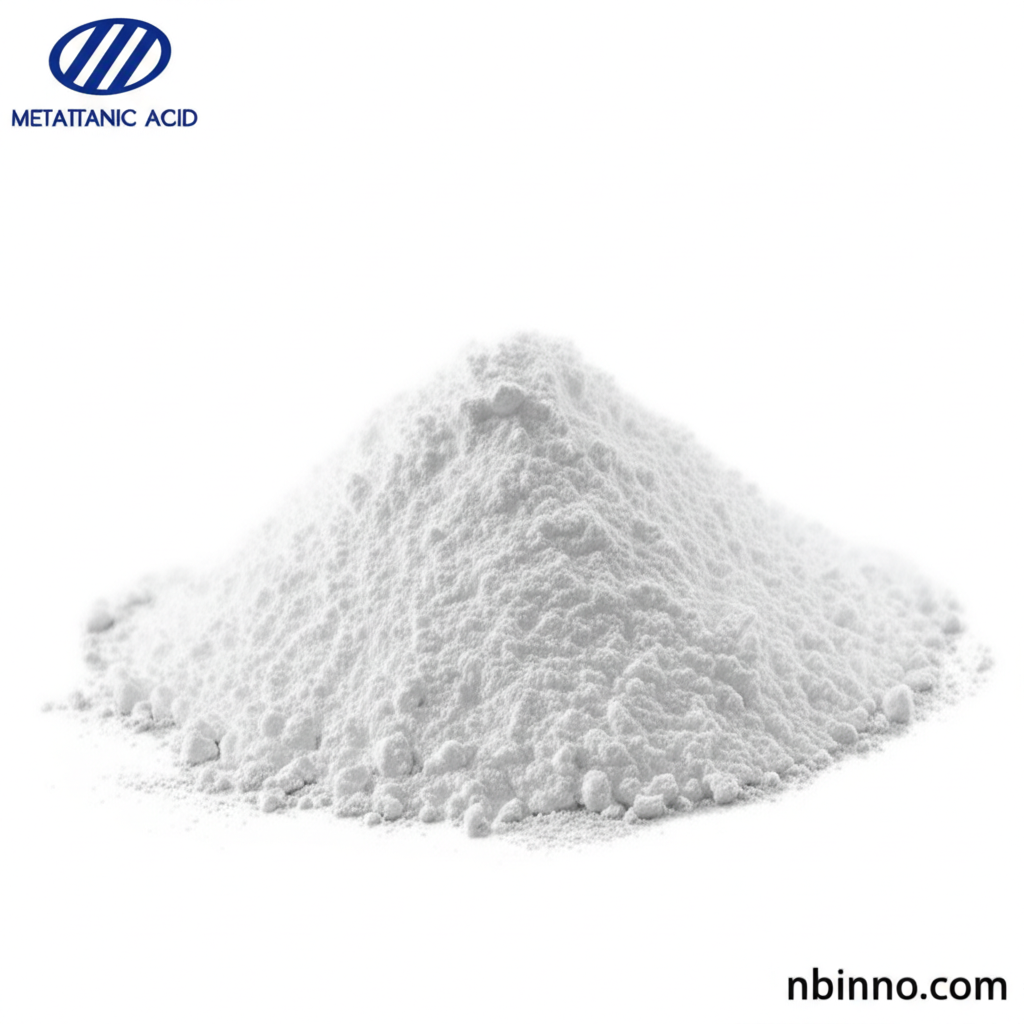Optimizing CO2 Capture: Nanoporous Metatitanic Acid on γ-Al2O3 Aerogel for Enhanced Adsorption
Discover the breakthrough adsorbent for superior CO2 capture and efficient regeneration, driven by advanced material science.
Get a Quote & SampleProduct Core Value

Metatitanic Acid
This advanced composite material, featuring nanoporous metatitanic acid on a γ-Al2O3 aerogel support, offers a significant leap forward in carbon capture technology. It combines a high surface area with active catalytic sites, leading to enhanced CO2 adsorption capacity and improved regeneration efficiency compared to traditional adsorbents.
- Leveraging the high surface area and porosity of γ-Al2O3 aerogel, this material significantly enhances the physical adsorption of CO2 molecules through van der Waals forces, contributing to its improved CO2 adsorption capacity.
- The TiO(OH)2 catalyst within the composite contains surface hydroxyl groups that actively interact with CO2, forming bicarbonate or carbonate species, thereby facilitating a higher adsorption rate.
- Metatitanic acid acts as a crucial catalyst, reducing both the regeneration temperature and time required for the adsorbent by lowering the activation energy, leading to more energy-efficient operations.
- The optimized conditions for CO2 adsorption, determined through response surface methodology, indicate that a balance of specific temperature, pressure, and material composition maximizes the capture efficiency of this novel adsorbent.
Key Advantages Offered
Enhanced CO2 Capture Capacity
Achieve superior carbon dioxide removal through the synergistic effect of nanoporous metatitanic acid and the high surface area of γ-Al2O3 aerogel, directly addressing the need for improved CO2 adsorption capacity.
Superior Regeneration Efficiency
Benefit from reduced energy consumption and faster operational cycles due to the optimized regeneration temperature and time, a critical factor for cost-effective carbon capture solutions.
Optimized Material Performance
The precise ratio of metatitanic acid to γ-Al2O3, determined via response surface methodology, maximizes synergistic effects and ensures peak performance for CO2 adsorption applications.
Key Applications
Industrial Carbon Capture
A primary application for this material is in industrial settings for the capture of carbon dioxide, aiming to mitigate greenhouse gas emissions and support environmental protection efforts.
Gas Separation Technologies
Explore its use in advanced gas separation technologies, where selective adsorption of CO2 from mixed gas streams is crucial for various industrial processes.
Catalysis in Chemical Processes
The catalytic properties of metatitanic acid make it suitable for various chemical reactions, potentially improving process efficiency and reducing energy input.
Environmental Remediation
Its potential role in environmental remediation, such as removing pollutants from air or water, showcases its versatility beyond direct carbon capture.
